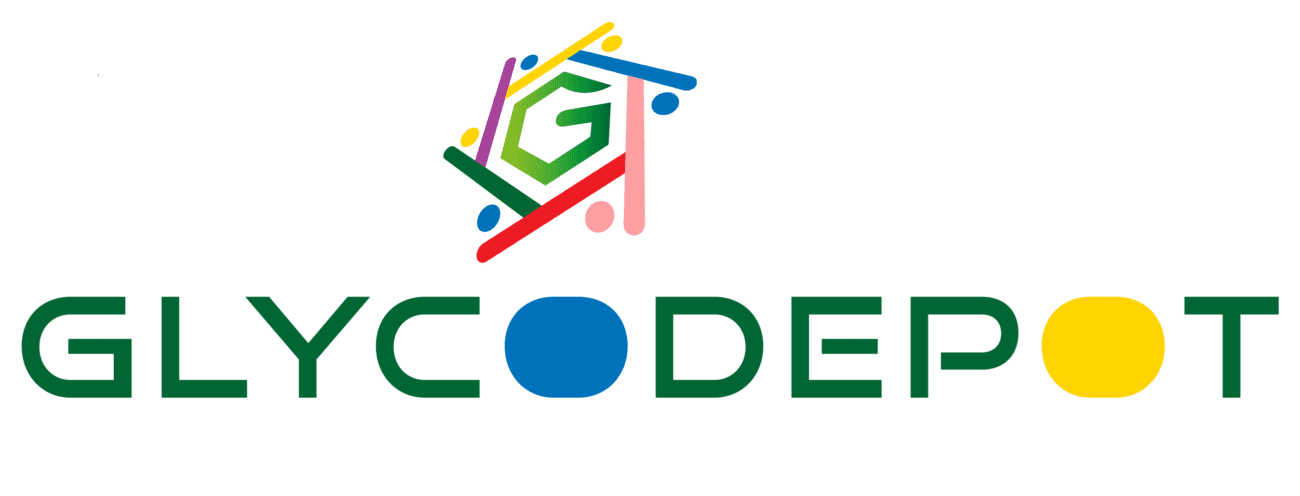1,3,4,6-Tetra-O-acetyl-2-deoxy-2-fluoro-β-D-glucopyranose is a fluorinated and acetylated derivative of β-D-glucopyranose, where fluorine replaces the hydroxyl group at the 2-position, and acetyl groups are present at positions 1, 3, 4, and 6. This compound is a white crystalline solid prominently utilized in carbohydrate chemistry and medicinal chemistry research. Its unique fluorine substitution imparts altered electronic properties and enhanced metabolic stability, making it an essential intermediate in the synthesis of fluorinated glycomimetics and radiolabeled probes such as PET imaging agents. The acetyl protection aids in synthetic versatility and stability during chemical transformations. This compound enables detailed studies on enzyme specificity, glycosidic bond formation, and carbohydrate-protein interactions, thus supporting applications in drug development, molecular imaging, and biochemical research. It is supplied with high purity together with rigorous identity and quality control parameters.
IUPAC Name
- (2S,3R,4S,5R,6R)-2-fluoro-1,3,4,6-tetra-O-acetyl-β-D-glucopyranose
Appearance
- White crystalline powder
Source
- Chemically synthesized via fluorination and acetylation of glucose derivatives under laboratory synthesis protocols
Molecular Weight and Structure
- Molecular Formula: C14H19FO9
- Molecular Weight: 352.29 g/mol
- Structure: Six-membered pyranose ring with acetyl groups at positions 1, 3, 4, and 6 and a fluorine atom substituting hydroxyl at C2
- SMILES: CC(=O)O[C@H]1OC(OC(C)=O)C@@HC@H[C@H]1OC(C)=O
Sugar Specificity
- β-D-glucopyranose derivative fluorinated at C2
- Used in glycosylation studies and enzymatic specificity assays involving glucose analogs
Biological Activity
- Functions primarily as a mechanism probe or synthetic intermediate rather than possessing direct pharmacological effects
- Useful in studies of fluorine’s influence on sugar metabolism and enzymatic processing
- Facilitates development of fluorinated glycomimetics with potential drug applications
Purity and Microbial Contamination
- Purity typically ≥98% confirmed by NMR and chromatographic techniques
- Microbial contamination is generally absent due to synthetic origin and handling under clean laboratory conditions
Identity and Quality Control
- Confirmed through NMR (1H, 19F), MS, and high-performance liquid chromatography
- Certificate of Analysis and safety data sheets provided by suppliers
- Melting point documented, optical rotations consistent with compound identity
Shelf Life and Storage
- Store at 2–8°C, protected from moisture and light
- Stable for 1–2 years under recommended storage conditions
- Keep containers well-sealed to prevent degradation
Application
- Intermediate in synthesis of fluorinated glycosides and PEТ imaging precursors
- Used in fundamental research on enzyme inhibition and glycan interaction mechanisms
- Supports glycomimetic design for pharmaceutical agents
- Utilized in chemical biology for fluorescent and radiolabeling of glycans
Key Characteristics
- Fluorinated β-D-glucopyranose derivative with tetra-acetylation
- CAS number: 56605-83-3
- Molecular weight: 352.29 g/mol
- White crystalline solid with high purity and chemical stability
- Enables mechanistic enzymology and glycosylation research
- Essential for development of novel glycomimetics and imaging agents
- Verified spectral profiles and chromatographic purity
- Supplied under strict quality standards with detailed certificates
- Suitable for long-term storage under refrigerated conditions
Citations
- Synthose chemical catalog
- CymitQuimica product data
- PubChem molecular structure
- ChemicalBook detailed description
- Sigma-Aldrich related derivatives
- ScienceDirect PET imaging studies
- PMC articles on fluorinated sugar pharmacology
- Brieflands stability studies
- Recent literature on fluorosugar glycomimetics
- Chemical synthesis and QC documentation


Reviews
There are no reviews yet.